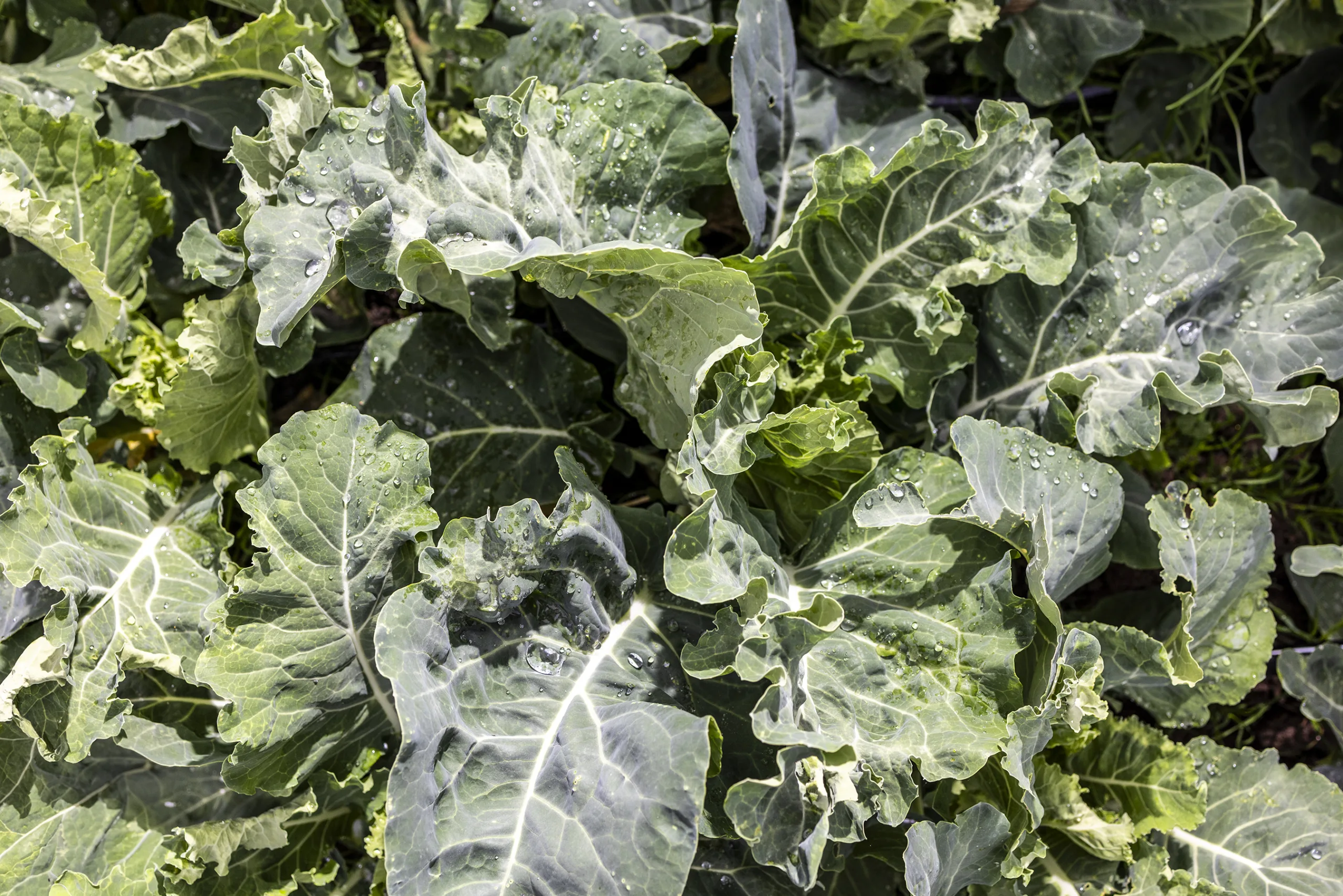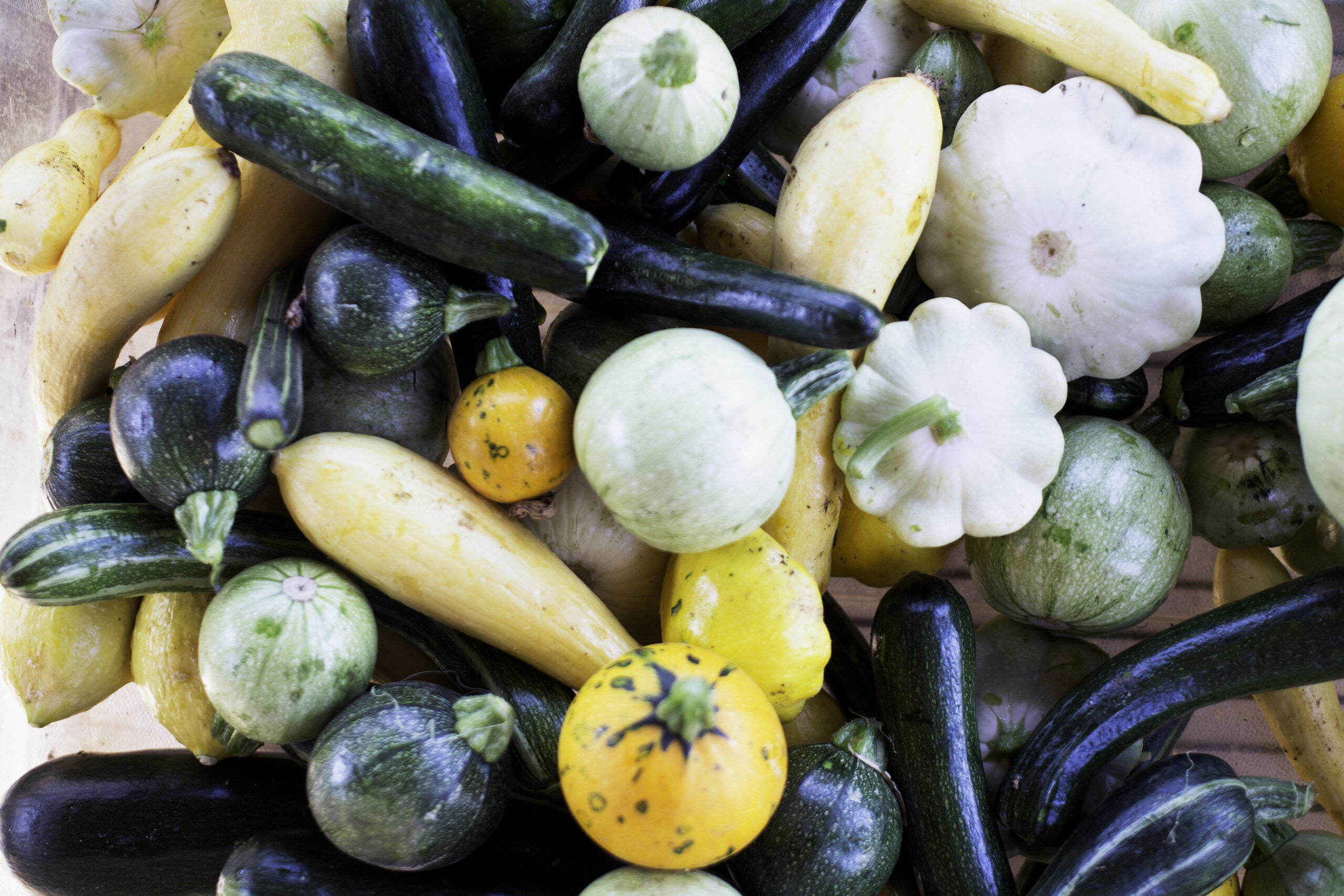Amaranth: Prebiotic and Probiotic

Amaranth is a traditional food that has been an important part of indigenous peoples’ diets throughout America, Africa, and Asia for over 9000 years. This gluten-free ancient grain is classified as a pseudocereal like quinoa and buckwheat. Pseudocereals are seeds from non-grass crops (wheat is considered a grass) and have characteristics like both grains and legumes.
In Mexico, amaranth has been used as flour in tortillas, popped whole for use in traditional sweets called Alegrias, and as a leafy green. Nutritionally, amaranth is a good source of fiber and protein. It is especially rich in the essential amino acid lysine, and sulphur-containing amino acids which can support detoxification. You can read more about nutrients involved in detoxification in our January blog post.
Amaranth seed can also be pressed for its oil that is exceptionally high in polyunsaturated fatty acids. It is best to consume polyunsaturated fat from whole foods like amaranth, rather than processed foods. The overabundance of these fats in processed foods, snacks, and desserts is a major problem in our modern diets. Polyunsaturated fats are mostly from the Omega 6 class of fats which are responsible for creating an inflammatory response when needed. Unfortunately, a diet without a balance of Omega 6 to Omega 3 fats of about 4:1, can be more inflammatory.
Amaranth oil may also be beneficial in sports. Athletes who received supplements of amaranth oil experienced increased heart rate variability and improved utilization of oxidation waste products. Both are processes thought to improve physical performance by supporting nitric oxide production.
The fiber in amaranth may also improve and maintain populations of healthy gut bacteria. The high content of insoluble and soluble fibers can act as both a prebiotic and a probiotic. Specifically, amaranth has been found to increase Bifidobacterium and Lactobacillus species.
In animal studies, amaranth seed has also shown promise by lowering total cholesterol, LDL and VLDL cholesterol, as well as triglycerides. Additional research on humans suggests the high content of squalene is largely responsible for cardiovascular benefits, including a reduction in blood pressure.
This beautiful grain comes in an array of colors from gold, to deep red and purple. The high content of polyphenols and flavonoids, create these colors and are well known for their antioxidant and anti-inflammatory properties. If you’ve ever grown amaranth sprouts, you are familiar with their deep red hue from betacyanin, the same antioxidant found in beets.
One way to get familiar with amaranth is to add it to your garden or sprout the seeds. The tiny beige seeds become beautiful crimson sprouts with a nutty taste. You can add them to salads and sandwiches just as you would alfalfa or other sprouts. They also make a beautiful garnish for soup or smoothies. This delicious muffin recipe by Chef Reyna Venegas is another way to enjoy this gluten-free ancient grain. Give it a try! Eating amaranth can be a great way to improve a variety of nutrients in your diet.
Registered Dietician Linda Illingworth is the founder of Nutrition Muse and current Director of Nutrition at Lifewellness Institute in Point Loma, CA. She is responsible for patient clinical care and corporate wellness education for local and international corporations. Using the premise that ‘every molecule in your body is sourced from food’, she focuses on food as the foundation for health. She supports her clients through lifestyle changes to make the most impact on health. As a certified specialist in Sports Nutrition, Linda also has specialized training in food sensitivities, supplementation, wellness, thyroid, and cardiovascular nutrition.
Watch Linda’s interview with Barry on Voices of The Ranch.



